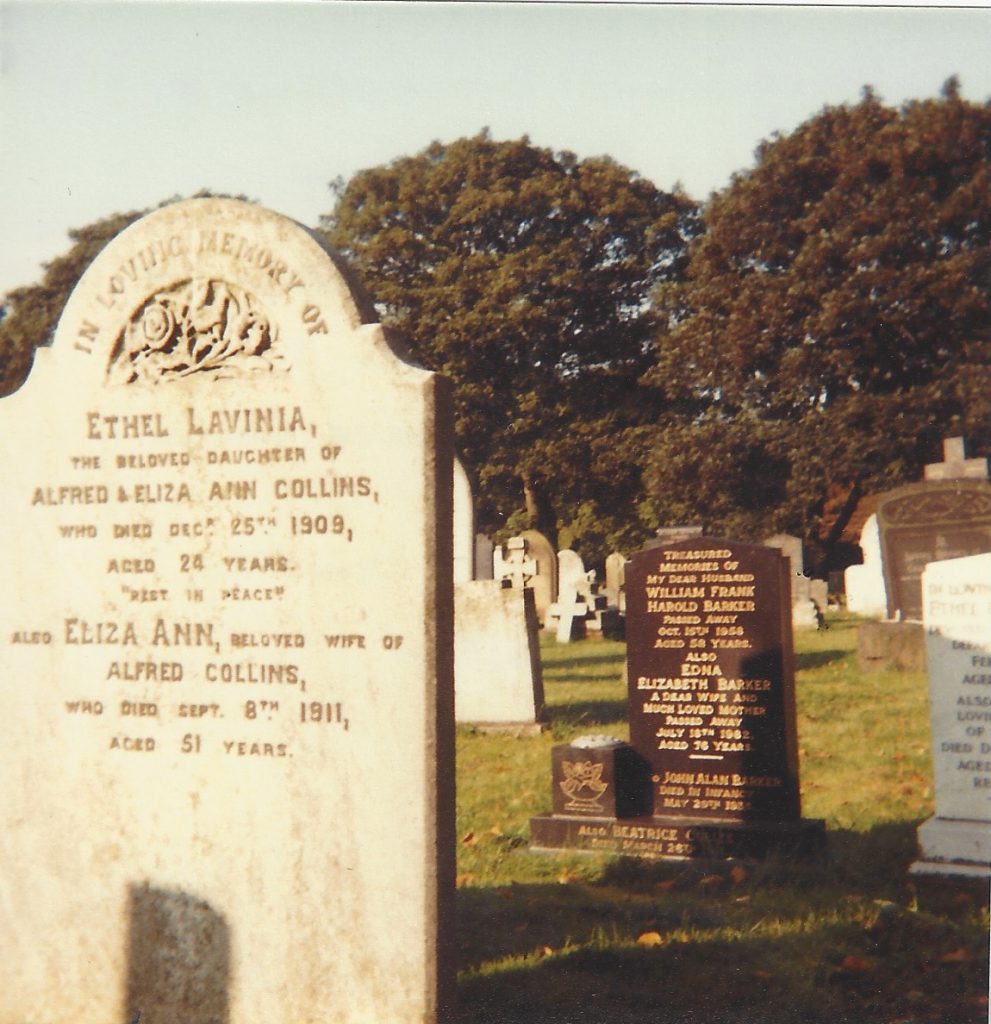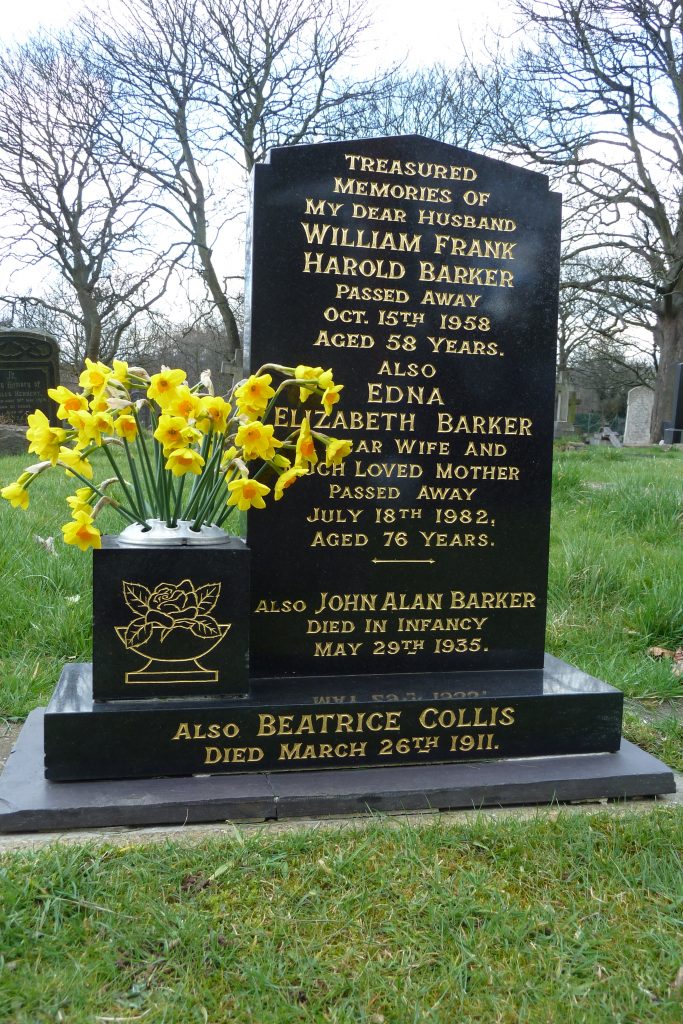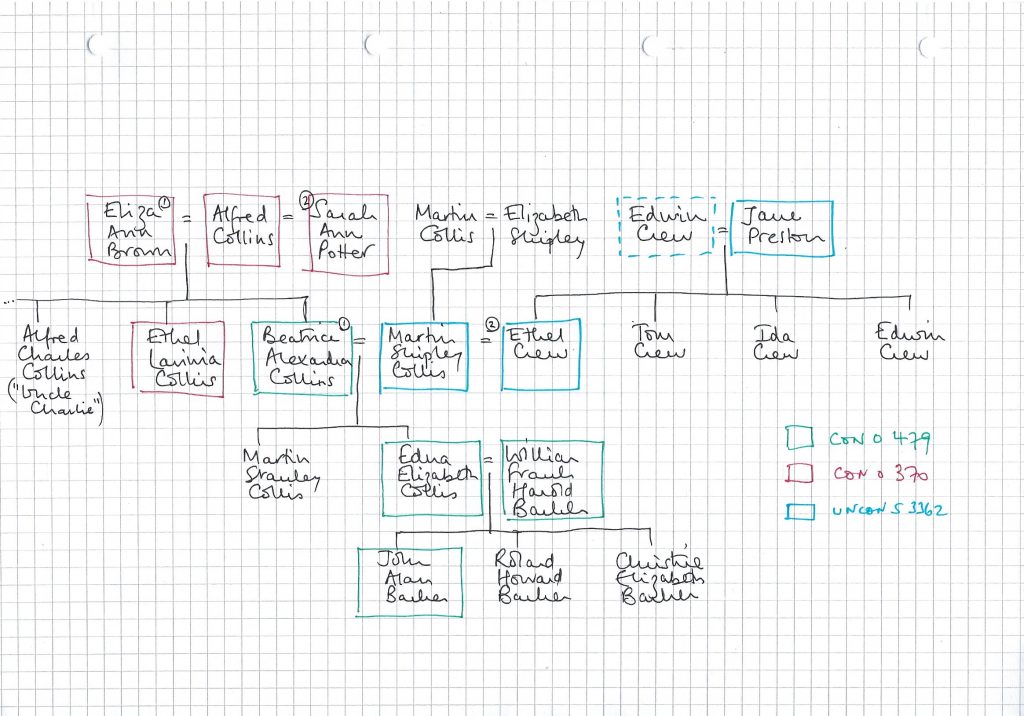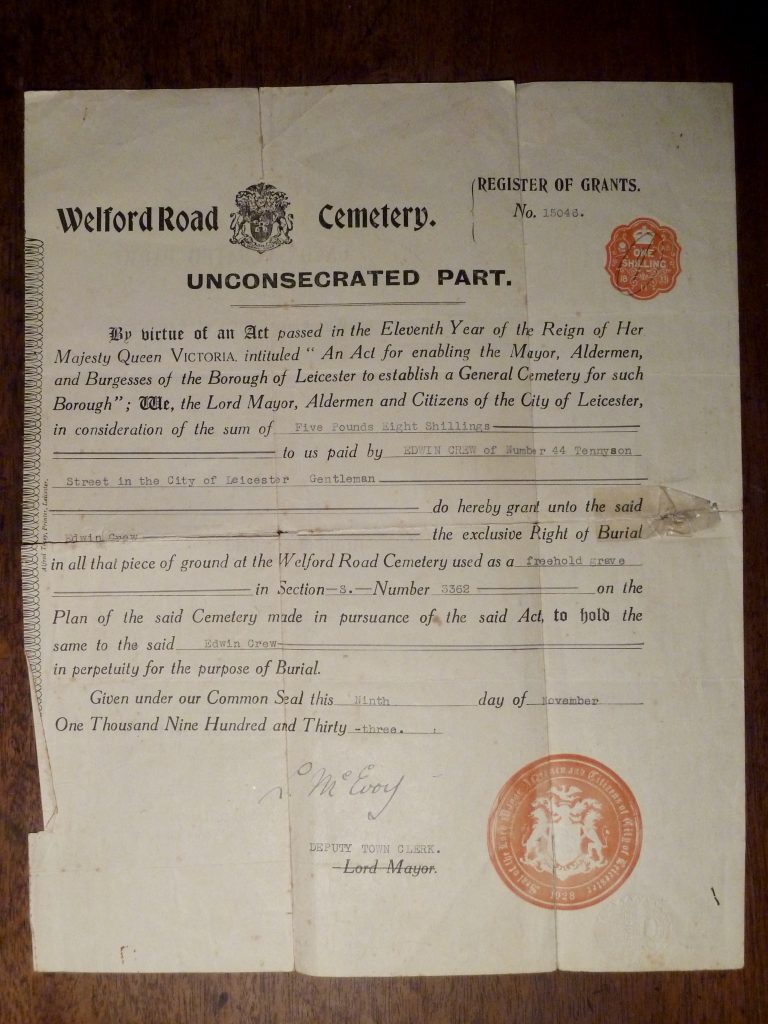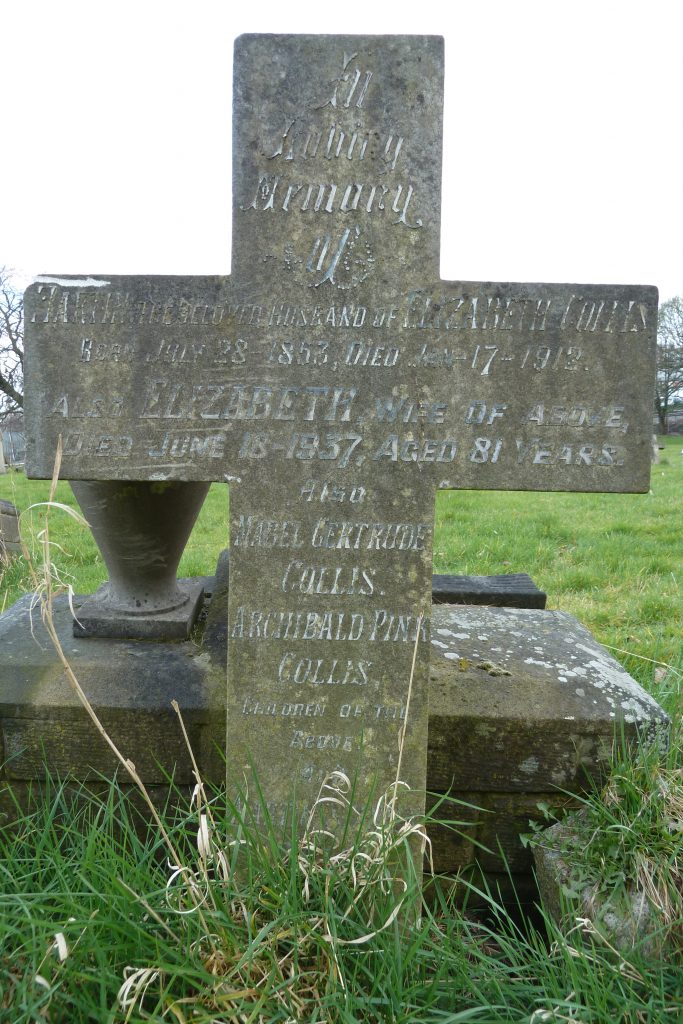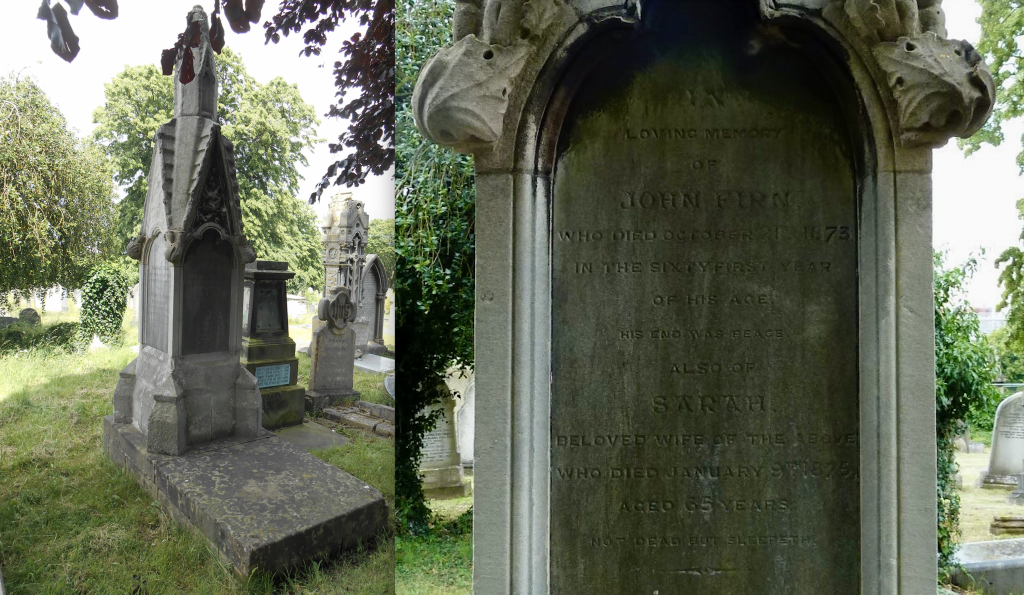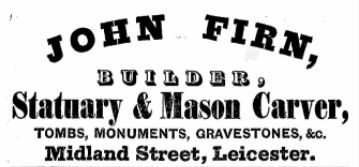As the pathway curves round, look to the right and hopefully you’ll spot a black granite headstone inset with gilded lettering, marking the grave of John George and Emmeline Collis (Consecrated E 1317). This is a photo I took of the headstone back in 1982. But these days, sadly, it lies flat on its back – like many others at Welford Road Cemetery – due to the health and safety brigade deciding back in the 1990s that headstones which had stood upright and untroubled for decades now posed a safety risk for playing children. Please don’t get me started… having so many headstone laid flat has changed the character of Welford Road Cemetery immeasurably… enough to make my ancestors turn in their graves…
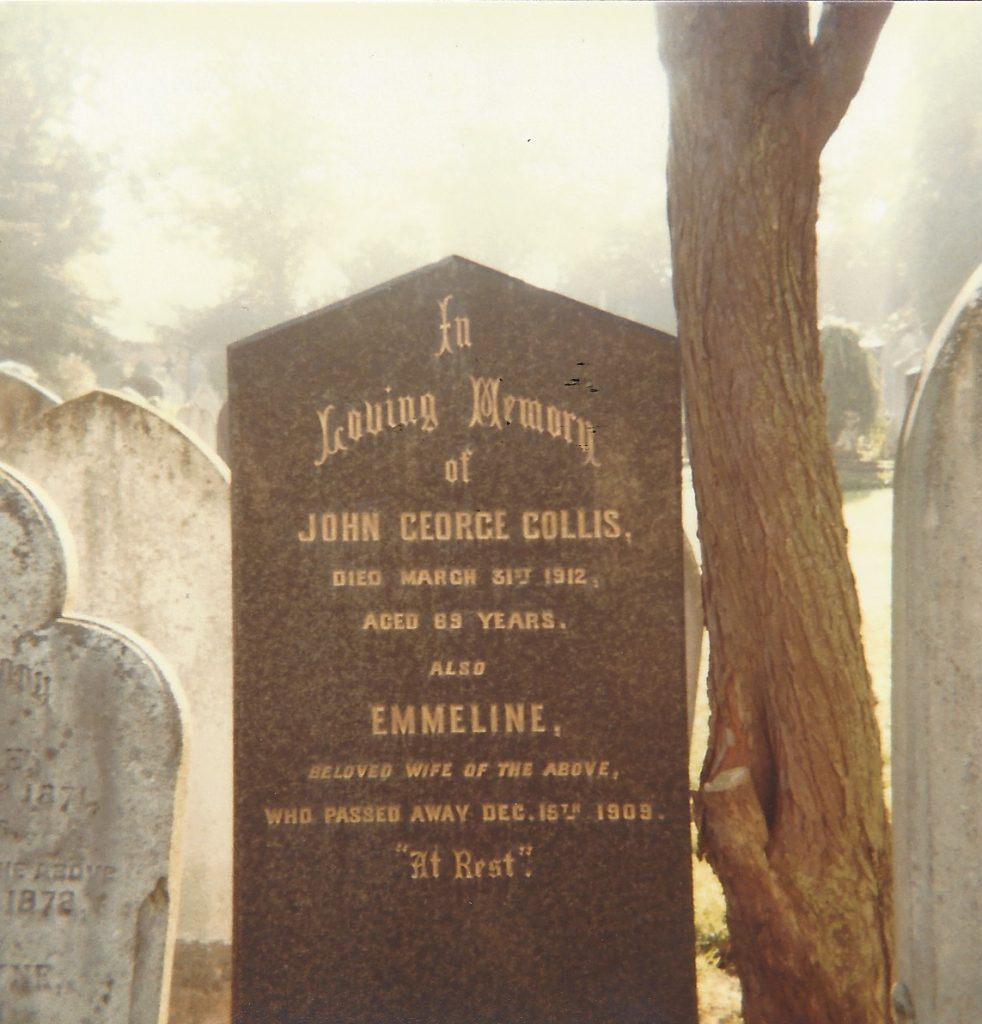
“In Loving Memory of John George Collis, died March 31st 1912, aged 69 years. Also Emmeline, beloved wife of the above, who passed away Dec 15th 1909. At Rest.”
John George Collis (known as George), my 3 x great uncle, ran several Leicester pubs: the Red Lion on Highcross Street, the North Bridge Inn on Frog Island, the Hinckley Road Brewery, the Narborough Hotel, and the Magazine Hotel on Newarke Street. I was able to piece together snippets about his working life using the British Newspaper Archive, as you can read in my article – Trading Stories, Working Lives: John George Collis, a publican in the news.
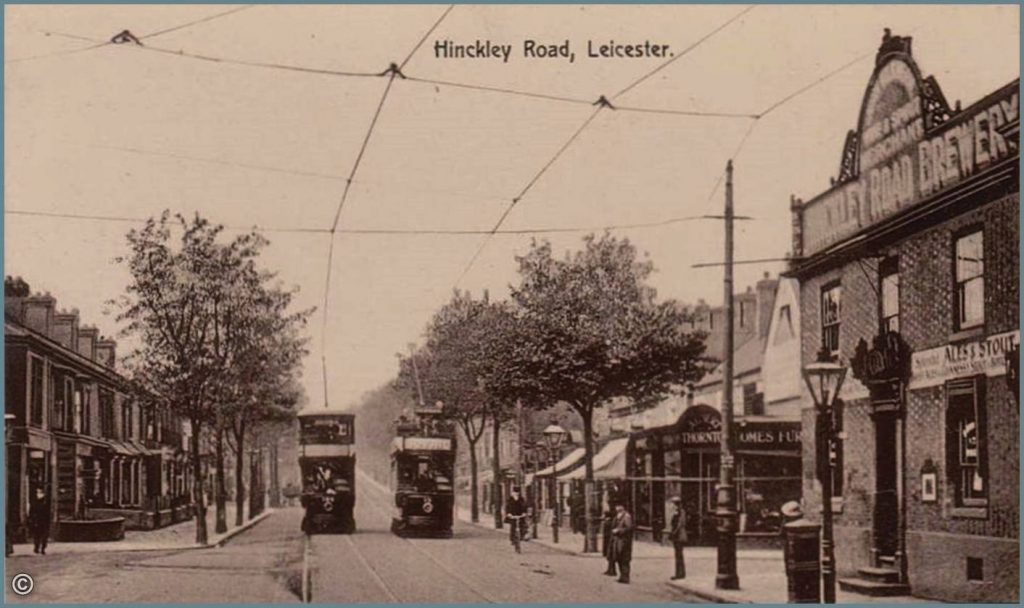
Despite being a licensed victualler, Uncle George continued with his ‘day job’ as an engineer – rather like his younger brother Martin Collis, a publican and patternmaker. In practice, running the pubs was very much a family affair: for instance, at the Hinckley Road Brewery, Emmeline his wife is recorded as ‘Waiter in house’ (1871 census) and eldest daughter Cary is ‘in charge of the tap in her father’s house’ (1878 cutting) and works as ‘assistant in the business’ (1881 census). One or two servants add to the team. And no doubt George’s engineering skills come in handy for fixing the beer engine used to draw beer up from the cellar.
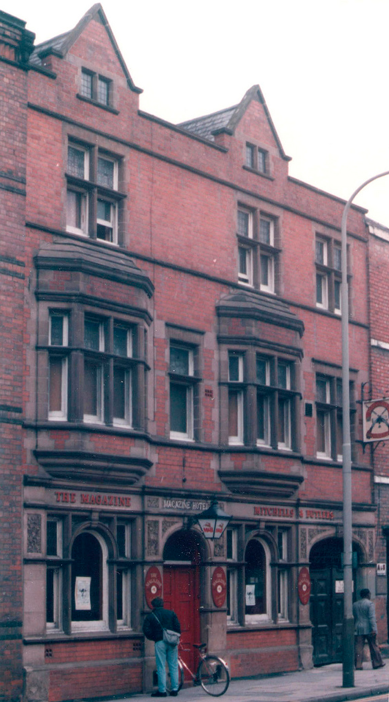
By the time they’d moved to the Magazine Hotel, George had developed an appetite for performing. At a concert in 1885 “Mr J G Collis was heard to great advantage in Reyloff’s new song ‘Steering for Home’ and the enjoyment derived from it was such that the audience demanded a further exhibition of his powers.” Now I can imagine him performing ‘The Jovial Beggar’, ‘Good Night’ and other party pieces around the pub piano.
On a more serious note, he takes a keen interest in town affairs; in 1892 he’s elected to represent St Martin’s Ward on the Board of Guardians and he’s “closely concerned in the management of the Conservative Club.” As well as an obituary in the local newspaper, John George Collis also had his funeral reported upon. Funerals of well-known local figures were often recorded in great detail in the newspapers, including lists of the principal mourners and floral tributes; it was a way to fill the column inches, and sell a few extra copies of the newspaper, I imagine, but thankfully it leaves behind for us family historians an invaluable source of additional information. For example, we discover from his funeral report that JGC was a member of the Granite Lodge of Freemasons (in Narborough), so it seems fitting that his headstone is made out of granite.

A short distance away – over on ‘The Flat’ – we can meet John George and Emmeline’s eldest daughter, Cary Louisa Harding (nee Collis). Step with me, it’s just around the corner…
